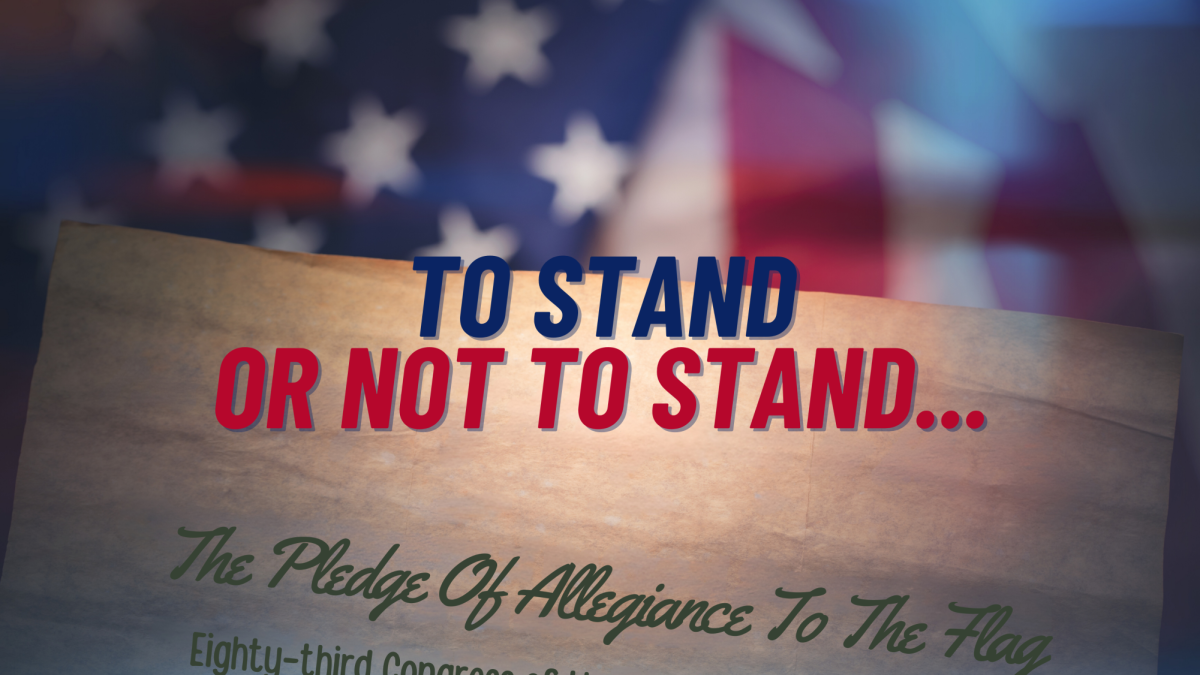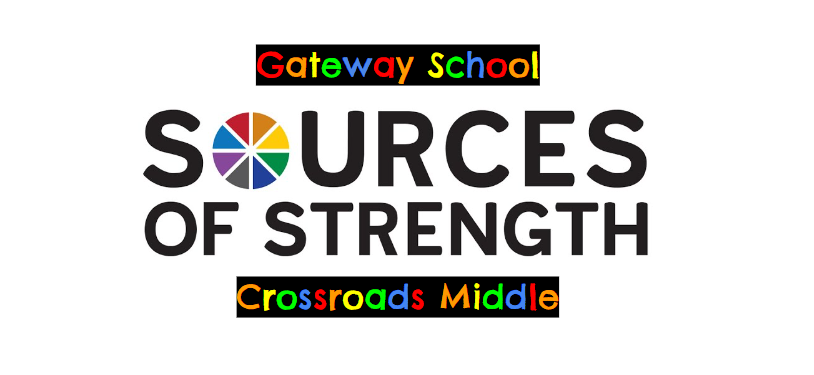The Pledge of Allegiance is recited in nearly every school in the United States, but do you know the surprising and controversial history of The Pledge? Some of these controversies range from plagiarism to Supreme Court cases. There may be more to this seemingly innocent patriotic ceremony than you think you know, which may raise the questions, do you have to and should you stand for The Pledge?
Let’s begin with the origin of The Pledge. The “official” author of The Pledge of Allegiance is Francis Bellamy, a Baptist minister and promoter of the magazine, the Youth’s Companion (although, according to NYT, there have been recent discoveries that question the claim that he is actually the author of the Pledge).
Bellamy swore to have written The Pledge of Allegiance in August of 1892 and this original version was published a month later in the magazine, supposedly to commemorate the 400-year anniversary of Christopher Columbus’s arrival to America. Leaflets from the Youth’s Companion containing The Pledge were sent to schools across the country. Bellamy also partnered with an American flag company and as a marketing scheme, anyone who sold copies of the Youth’s Companion would be given free American flags from that company (Smithsonian).
In addition to this celebration of Christopher Columbus and the flag gambit, Bellamy and the Youth’s Companion also strove to promote the Americanization of an influx of immigrants (NYT). The original version of The Pledge of Allegiance went like this: “I pledge allegiance to my flag and the Republic for which it stands–one Nation indivisible–with liberty and justice for all.” There have been multiple other changes to The Pledge throughout history, including the addition of the words “the flag of the United States” to replace “my flag” so immigrants wouldn’t have their home countries’ flags in mind, and specifying the word “America” after United States was added for a similar reason (History).
The Pledge of Allegiance is also rooted in intolerance and xenophobia. Although there isn’t any overt wording indicating anything of that sort, Francis Bellamy wrote multiple speeches and opinion articles that the races of immigrants were inferior and that they diminished the proper prevailing values. His intentions were clear that he intended to use the public education system to instill these values (Smithsonian).
The Pledge was then, and still is, used to indoctrinate malleable school children and immigrants to adopt traditional American ideologies. It’s rooted in the campaign of Americanization and used domestically to reduce dissent and individualism especially among immigrants (see Central Connecticut State University library site regarding Americanization and propaganda techniques).
Currently, in America, you are not required to stand for The Pledge as determined by the Supreme Court over 80 years ago in West Virginia State Board of Education v. Barnette. This case made it unconstitutional for citizens to be forced to say The Pledge. However, different states have different laws regarding The Pledge of Allegiance. In four states you are required to say The Pledge, in eight states there are no stated exemptions, four states have no requirements and the rest allow exemptions. Maryland is one of the 46 states that sets time aside in schools to say The Pledge, but is also one of the states allowing exemptions (Freedom Forum).
In one of the classes at Gateway, four out seven people (students and staff) said that they stood for The Pledge. The teacher in the room stated that it was out of respect for the country, as that person was an immigrant and was grateful, they were granted citizenship. The students who routinely stood stated that it was out of respect for our troops and fallen loved ones. One student stated on the matter of not standing, “how can I believe in this country when I don’t believe in myself.” This shows some people have reasons for standing or not standing that transcend The Pledge of Allegiance’s original meaning.
The Pledge of Allegiance has a surprising history that comes along with it and is the root of many controversies and it shows that not everything is as it seems. Considering all of this, should you stand for The Pledge of Allegiance? That, of course, is for you to decide, as The Pledge can mean different things to different people. It is your right as an American citizen to make that decision.







